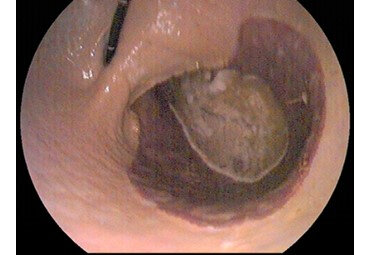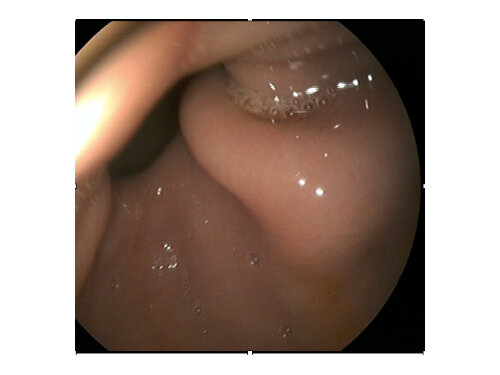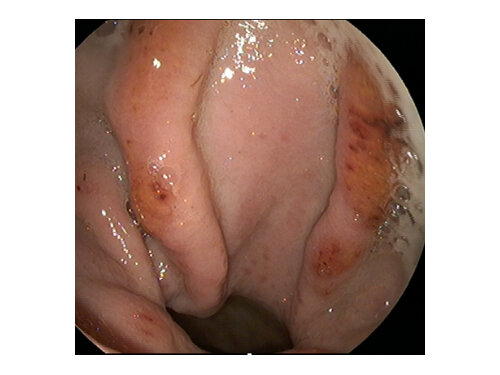When horses exercise, the pressure in the stomach increases, and causes acid to splash onto the squamous mucosa, causing damage. The more strenuous the exercise, the more pronounced this effect is. Added to this is the fact that many horses are held off feed before exercise, so there is more acid, and less feed and saliva to neutralize it. Even when horses aren’t exercising, periods of feed restriction put them at a higher risk of ulcers. This can even happen at pasture if grass is short and insufficient hay is to allow continuous supply is fed.
The type of diet also contributes to ulcer risk. High starch, grain diets increase acid production and can directly injure cells in the squamous part of the stomach. Higher fibre feeds are eaten more slowly, and also form a ‘mat’ that sits on the acid to reduce splashing. Lucerne is a particularly good feed because the high calcium content assists in buffering the acid, and it also has a low sugar and starch content.
Stall confinement and stress can also increase the likelihood of ulcers developing.
Nonsteroidal anti-inflammatories (NSAIDs) such as phenylbutazone (bute), can contribute to ulcers, because they can reduce benefical prostaglandins which make up part of the defence mechanism of the gut. However, in most cases it takes a prolonged period of quite high doses to have a measurable effect. Newer, selective NSAIDs such as meloxicam have less detrimental effect (among other advantages), but this feature must be balanced in individual cases by its higher cost and reduced efficacy for significant orthopaedic pain, especially for laminitis.






